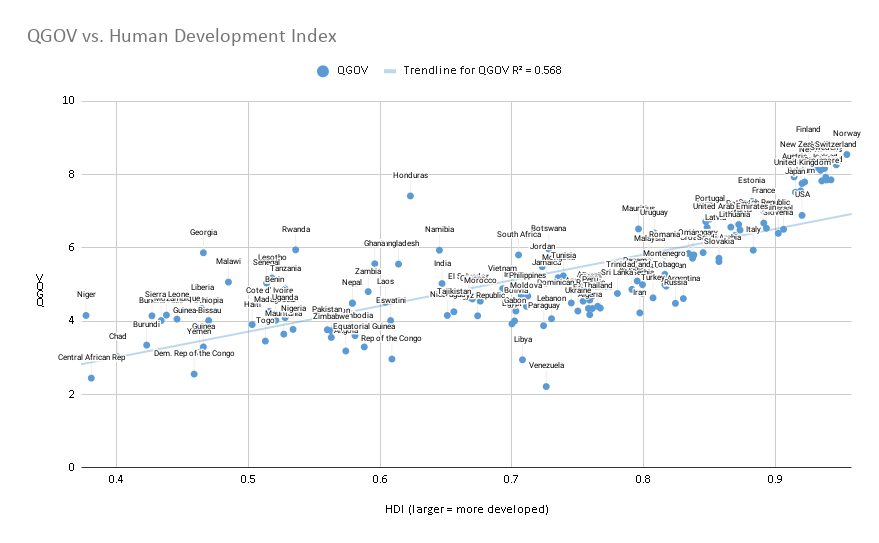Where did all the science go? Can ARPA bring it back.
-I suggest there will be no more big UK life science companies
-Network agglomeration effects are important
-An UK ARPA and its location should be placed carefully
-I suggest we need more innovation in institutions
Take $8.5 billion? No. Take $10 billion? No. Gilead, in 2017, bidding against itself, paid $11.9 billion to acquire Kite Pharmaceuticals. I am sad because Kite may have developed into a $40bn, maybe $100bn, market capitalisation company over time, and now we will never know.
The same goes for the UK’s Shire. Takeda Pharmaceuticals completed its $59bn takeover in 2019.
Kite Pharmaceuticals is a small biopharmaceutical company focused on cancer therapies and CAR-T (chimeric antigen receptors T-Cell) technology. As of January 2017, Kite had a market capitalisation of $3bn and it had its IPO (initial public offering) in 2014. Gilead had to raise its bid several times before Kite’s board succumbed. The boards and shareholders of smaller companies such as Kite and Shire are unlikely to be able to resist cashing out to dollar-rich, large drug makers. Gilead’s management indicated limited value was attributed to CAR-T success in solid tumors or Kite’s earlier stage technology.
This trend is intriguing as it suggests that the new creation of large biopharmaceutical companies organically from small ones may seldom happen again. Certainly, it seems unlikely that the UK will create another bio-pharmaceutical powerhouse such as GlaxoSmithKline or AstraZeneca. Shire was the last likely candidate and now it has gone to Takeda. The US might still establish a new one.
I posit the reasons are threefold: the UK has under-invested and continues to under-invest in science and innovation; the network and agglomeration effect where scientists creatively clash to form new ideas is diminished in the UK as a whole, and, as I described earlier, large, cash-rich global biopharma companies are now in the habit of acquiring their smaller peers before they grow large.
This has negative long-term implications for UK science and private wealth creation. Private company inventions often rely on publicly-funded research ideas as the initial spark. Development is costly, risky and seemingly not well suited to publicly funded enterprise.
I’ve heard investors speak of the Chomsky trade, after Noam Chomsky, which suggest if you want to know what’s worth investing in, look at what US federal research funding organisations, like DARPA or the National Institutes of Health (NIH), are investing in today, and then go long.
DARPA—the Defense Advanced Research Projects Agency— was established in the late 1950s to accelerate development of U.S. satellite technology. Research at DARPA led to a number of breakthroughs, including GPS technology and the Internet. The inventions at Kite were based on ideas first formed by Dr Steven Rosenberg at the NIH. Kite fits the Chomsky trade.
Sir John Bell recognised this value in his Life Sciences: Industrial Strategy report for the UK government (August 2017, green paper). Bell proposed an Health Advanced Research Programme (HARP) which looks to be modelled on the US DARPA, and suggested ideas to reinforce the UK science value proposition. Bell sees the NHS as a source of value particularly in the data sets that it owns on behalf of UK patients. Bell suggests a strategic goal for the NHS to engage in 50 collaborative projects with the life science industry over the next five years ranging from late-stage clinical trials to large-scale data analysis and evaluation of medical technology and diagnostics.
I can think of at least three large technology companies who could use health population data analytics to transform the UK health service. The UK has a unique and valuable healthcare data asset because of everyone’s singular NHS number. The majority of the UK population already gives away its data, if only we could be persuaded to use our data as a force for good.
This will be relevant in any discussion of a UK DARPA equivalent for energy as well.
“Ben, none of my neuroscience colleagues want to work in the UK. Not even Cambridge University and the like. Funding is 50% lower, salaries are 50% lower, there are many interesting labs in the US or China. We will not come to the UK,” one of the world’s leading neuroscientists under 40 years old told me. There are several cutting-edge science labs in the UK but post-graduates and professors, if they have a choice, are joining US labs; or increasingly settling in China. The US government risks this innovation too with possible cuts to the NIH.
Scientists (in a now closed Pfizer lab) in Sandwich, UK, discovered that experimental heart drug UK92480 had a specific side effect on male subjects - plenty of erections. Viagra was born. Serendipity came into play, much like it did in 1928 when Alexander Fleming discovered penicillin as a result of mould falling on his petri dish. Black Swan author, Nassim Taleb, has advocated for the need for randomness in drug discovery. As Google scientists have noted, creative ideas happen around ‘focused serendipity’. A network effect from sharing and debating new scientific ideas tends to happen round hubs and those hubs are in short supply in the UK.
Arguably, Cambridge, and the South East of the UK, has a hub. A Cambridge-Oxford-London (with the EU drug regulator, EMEA, formerly in London) triangle has possibilities. Brexit has ended the London location of EMEA and Cambridge is still nothing like the huge biopharmaceutical hubs of Boston or California in the US. Senior management at Genentech mentioned to me that there are over 250 biotechs currently in the south San Francisco area alone. Research networks are important intangible assets for a country. The lack of UK hubs, combined with the paucity of leading scientists and fewer occasions for serendipity, discourages the discovery, nurture and growth of fledgling biopharmaceutical companies. In economist speak it’s all about the agglomeration effect (or lack of) of networks.
In this regard UK Brexit is unhelpful. For all Brexiteers’ talk of trade, isolation dampens creative networks. More damaging is the time and energy spent on figuring out Brexit and its aftermath that could otherwise be spent working out how best to support and nurture UK science. Hopefully Bell's proposal will not be lost in the Brexit noise. There is also the cost of UK institutions losing EU funding, which is likely to be substantial. If the UK government materially increased funding in science (perhaps using Bells' HARP modelled on the USA’s DARPA) this would be an investment for long-term gain, with the value felt over generations (penicillin, for example, was a 1920s discovery which we continue to benefit from.) This could be investment worth borrowing for.
Turning to using Brexit as a force for good, the UK government seems to be contemplating a UK version of ARPA. The UK Policy Exchange has argued “ARPA should focus on developing advanced technology on a 10-15 year horizon. Unlocking transformative technologies, rather than basic research or incremental near-to-market innovation, is where ARPA’s efforts should be centred and ARPA must embrace failure.” One can argue whether these are easy words and how implementation of a culture that can learn from failure or understand how transformational research happens (it often relies on basic research and can also rely on combining inventions across fields in novel ways). Still, one aspect missing from this vision is any argument over place and agglomeration (the word agglomeration does not appear in the report). To this end, I would rely on the work of Tom Forth, Stian Westlake (co-author of Capitalism without Capital) and others to suggest that the geographic placement of ARPA to catalyse stronger innovation agglomeration effects is vital. ARPA will be too small in itself to catalyse a whole network, if it is placed far away from current networks (see also the Office for National Statistics’ move to Newport, far away from hubs), but if it is placed in the London triangle, an opportunity will be missed to strengthen networks outside of the South East. Losing much of the AstraZeneca science in the north of England over the last few years was a national calamity in this regard.
I argue that an UK ARPA or, even better, both an energy focused ARPA-E and a health based HARPA, would be powerful long-term investments for the UK to make. Politically, it would meet aims of “State Capacity Libertarians” and also innovation elements of “Green New Deal”. A focus on innovation and experimenting with novel research is to be recommended. Its geographic placement in order to benefit from and catalyse agglomeration effects should not be underestimated.
I further argue we must be much more experimental in types of institution, forms of institution and how institutions might spur innovation. Reading Colin Mayer’s Prosperity, and exploring economic historians’ work it seems we used to have more forms of institution, corporate bodies and people trying to achieve innovation through various organisations. Today we seem more ossified. Sure, we have ideas on charter cities and the like but shouldn’t there be more competing big ideas? Maybe there are and I am missing them. Still, I argue there should be many, many more.
Psychologists, such as Daniel Kahneman, show humans are often poor at making good long-term investment decisions. I am not confident the UK will invest sufficiently. There’s always still hope from serendipity.
Follow Benjamin Yeoh, @benyeohben
His microgrants programme (£1k for positive impact) is open www.thendobetter.com/grants
References:
Policy Exchange: https://policyexchange.org.uk/wp-content/uploads/Visions-of-Arpa.pdf
On State Capacity Libertarianism, see @tylercowen
On Prosperity, Colin Mayer - blog here. Microsoft CEO recently noted this has reformed his view of business in capitalism and society.









